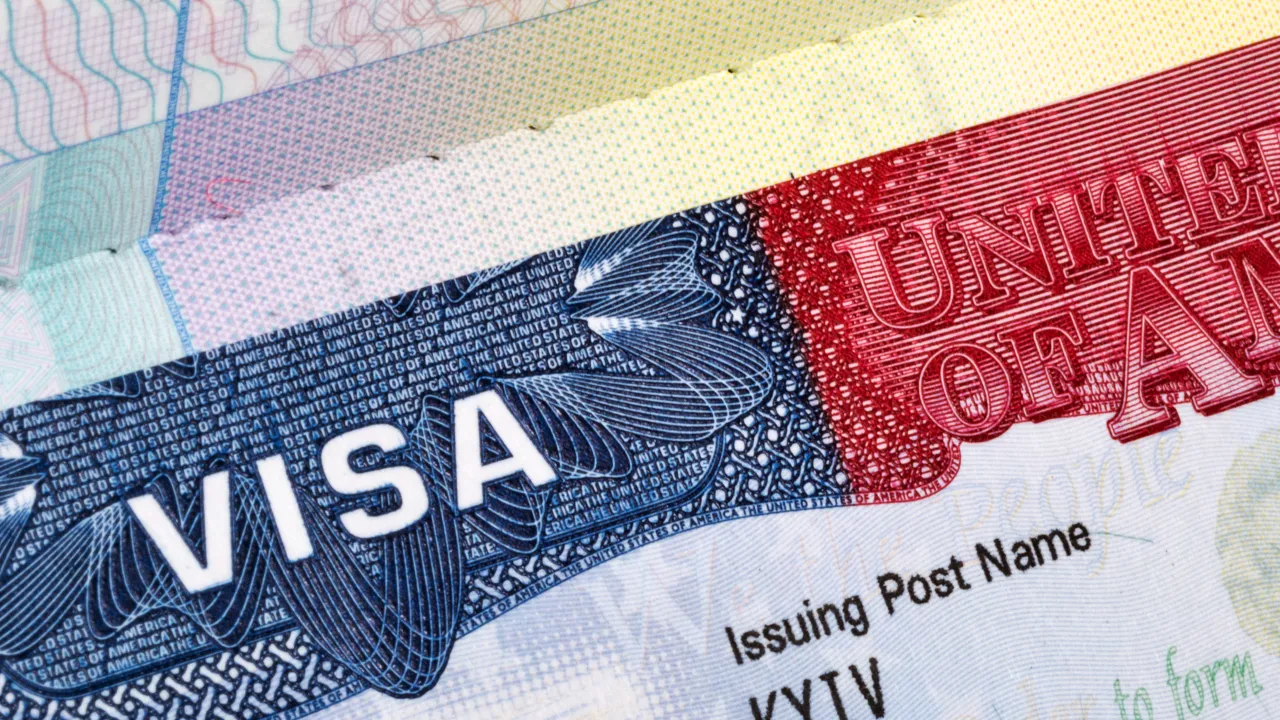What Is Visa Retrogression?
How Will Visa Retrogression Affect You?

USCIS tries its best to create a clear roadmap and timeline for obtaining a visa. They’re working to optimize the way they process visa petitions and employment authorization documents. USCIS is also working to provide premium processing to more visa categories.
The Visa Bulletin is a tool that immigrant visa applicants can use to check the progress of their case and get a general idea of when they can expect a visa to be available to them. These dates usually move forward as visas are awarded. Dates may sometimes move backward when the number of applicants exceeds the total number of visas available. This is called visa retrogression.
Here’s how visa retrogression may affect you and what to expect if you see the dates moving backward.
What Are Yearly Visa Limits?
There is a set number of immigrant visas available every year, but this number can change. There are 185 different types of visas, and the total number of visas is divided among each type. Some categories reach their limit faster than others. Unused visas in categories with available visas won’t be repurposed.
Some visa and green card categories do not have a limit. Spousal visas, family visas for unmarried children under the age of 21, and family visas for parents of U.S. citizens are unlimited. There are also unlimited visas for citizens of Iraq and Afghanistan who have assisted the United States government or military.
Victims of human trafficking and similar crimes will always be eligible for a special visa, regardless of the total number of visas available.
Humanitarian visas work differently. The current president will set a maximum annual cap for refugee visas each year.
Many family-related visas and all employment-related visas will have a maximum number to be issued per visa type per year. When the maximum number is reached, the U.S. Embassies and Consulates will not issue new visas within those categories until the start of the next fiscal year. Similarly, USCIS will not approve any more application for adjustment of status to lawful permanent residence until the start of the next fiscal year.
What Are Visa Availability Dates?
Visa availability dates are the cutoff dates the U.S. Department of State and USCIS show for each type of visa. If the cutoff date is after your priority date (the date you filed your visa paperwork), your visa will likely fall within the current visa availability date for your category.
What Is the Visa Bulletin?
The Visa Bulletin is published by the United States Department of State. USCIS has its own Bulletin for accepting applications for adjustment of status and taking final action on such applications that is based on the Visa Bulletin. The Visa Bulletin is issued monthly and provides a regular update on visa availability for each visa category.
It allows applicants to monitor the statistics of visa issuance, including the current anticipated wait time and the expected demand for visas. The next month’s Visa Bulletin is published around the middle of the month and shows which priority dates are current for application acceptance and final action.
Visa information is displayed in a table format. The column to the left displays the type of visa. The rows show priority dates. These priority dates are cutoffs. Any application that has been successfully filed before that date will likely have a visa available at the current moment.
These cutoff dates will change based on a number of factors. It’s important to regularly check the dates. They may move forward or backward depending on the total number of visas available.
What Are Priority Dates?
When you successfully file a petition with USCIS or the U.S. Department of Labor, and they’ve accepted your petition, the date of acceptance becomes your priority date. If you need to re-file your petition or send more important information to complete your petition, your priority date will become the day that USCIS considers your petition to be filed properly.
If you filed an application for labor certification, your priority date may be the date the Department of Labor accepted your petition as ready for processing.
Visas are processed and awarded in order of their priority dates. The earlier your priority date, the sooner you should receive your visa if you’re eligible and your case goes according to plan.
What Is Visa Retrogression?
Visas aren’t issued solely based on eligibility. There are limits to how many of each type of visa can be issued each year. Sometimes there aren’t enough visas for each eligible applicant.
Visa availability cutoff dates usually move forward according to the capacity of total visas and the ability of the U.S. Department of State and USCIS to process them. This keeps a continuous stream of cases processed and visas awarded. As spots fill up, the movement of the cutoff date may slow down or even stop.
Visa retrogression occurs when cut-off dates for applications move backward instead of forwards. Instead of moving forward, the cutoff gradually moves backward as the U.S. Department of State and USCIS run out of visas to issue. This puts a stop on visa issuance until new visas become available at the beginning of the next fiscal year.
How Do You Know If Your Visa Application Has Been Put in Retrogression?
USCIS and the U.S. Depoartment of State generally won’t contact you to tell you that your case has been subjected to retrogression. They want you to use their self-service tools online to find the information that you need. The easiest way to find out if your visa has been placed in retrogression is to check the visa bulletin. If the cutoff date has moved backward or is in the past, your visa has been put into retrogression.
How Will Visa Retrogression Affect You?
If you noticed that the visa cutoff date for your priority date moved backward, you just need to be patient. It doesn’t mean that you won’t be granted your visa. The new fiscal year begins on October 1st. At that time, the U.S. Department of State and USCIS will return to the backlog of retrogressed cases.
When the new annual batch of visas becomes available, cutoff dates will sometimes return to where they were before the retrogression. It all depends on how many people are waiting and the total number of visas available.
How Are Retrogressed Visas Processed?
Retrogression doesn’t mean that you’ll have to file again or you’ll lose progress on your visa case. When your priority date becomes available again, the U.S. Department of State or USCIS will finish processing your case and grant you your visa if you’re eligible to receive one. In the meantime, your visa will be “held in abeyance,” which essentially means that the process is paused.
The U.S. Department of State or USCIS will hold your case and contact you if they need any more information from you or if they need to schedule an interview. It’s important to make sure the contact information you have on file with the Department of State and USCIS is current, even if retrogression is affecting your visa.
When more visas become available, your case will instantly become active again. You have two years to finish the process once a new visa becomes available.
What Can You Do While You’re Waiting for Your Visa?
You may be allowed to apply for an Employment Authorization Document (EAD) while you’re still waiting for your immigrant visa to become available. When you receive your EAD, you’re allowed to work in the United States. This will allow you to support yourself while you’re waiting for your visa to come through.
You may also be able to apply for a travel permit that will allow you to leave and re-enter the United States without jeopardizing your immigration case.
It can take several months to receive an employment authorization document and up to a year to receive a travel permit. It’s wise to apply for both documents, even if you don’t think you’ll need them. It’s better to be prepared.
If retrogression only goes back by a month or two, you may receive your visa before you receive your travel documents or work documents. Retrogression can sometimes go as far back as two years. If the retrogression is a long period of time, you’ll be glad to have the permits you need.
Do You Need Legal Help With Your Visa Case?
There is no way to circumvent visa retrogression. If the U.S. Department of State or USCIS runs out of visas for a specific period of time, the only thing you can do is wait until the visa you need becomes available. Since the waiting process can be unpredictably lengthy, it’s important to make sure you’ve filed your paperwork correctly the first time. If your filing is rejected, you won’t be able to save your place in line. The waiting period will begin again.
It’s best to have an immigration attorney review your paperwork before you file it with USCIS. The thoughtful immigration law team at Cohen, Tucker + Ades can help. Contact us for a consultation on your case before you file your paperwork with USCIS. We may be able to help you file successfully the first time.
Sources:
The Visa Bulletin | US Department of State | Bureau of Consular Affairs
Family-based Visa Retrogression – What Is It and How Does It Impact Applicants? | Homeland Security
Not sure which option is right for you? Request a confidential consultation today.

